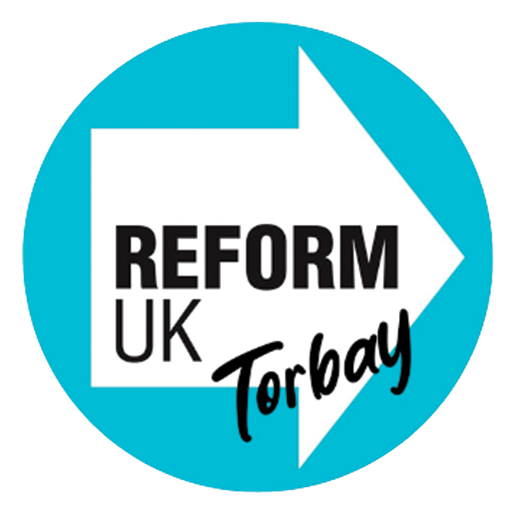Torbay Needs Thousands of New Homes to Meet Government Housing Target
The recent government directive mandating the construction of nearly 1,000 new homes annually in Torbay has sparked significant debate. Deputy Prime Minister Angela Rayner's plan to build 1.5 million properties nationwide over the next five years imposes a uniform solution that may not suit the unique needs of communities like Torbay.
Councillor Adam Billings highlights the importance of collaborating with local communities to develop the local plan. However, enforcing a mandatory target of 940 new homes each year raises concerns about how much local input is genuinely considered in these top-down decisions.
Meeting these targets could lead to the complete development of Torbay over the next 14 years, prompting several critical questions:
Is the existing infrastructure prepared to support such rapid expansion?
What are the environmental consequences of this extensive development?
How will this level of construction impact Torbay's cultural and historical identity?
Within the council, opinions differ. Councillor Darren Cowell dismisses the 940-homes target as 'scaremongering', suggesting that housing targets are not a new concept. This raises the question: Does labelling genuine concerns as scare tactics hinder meaningful discussion on the issue?
On the other hand, Councillor Chris Lewis points out the government's firm stance, indicating there's little flexibility in these mandates. This contrast among local leaders highlights the tension between accepting imposed realities and addressing community worries.
Reform UK proposes a housing policy that prioritises local needs over broad national mandates. Their key suggestions include:
Overhauling the Planning System: Speeding up planning processes and offering tax incentives to develop brownfield sites, thus preserving green spaces and respecting the character of existing communities.
Reforming Social Housing: Changing allocation laws to give priority to local residents and those who have contributed to the system, ensuring housing solutions are tailored to the community's specific needs.
Reflecting on this situation, several points emerge:
Is it practical to apply uniform housing targets across diverse regions without considering local contexts?
How involved are local communities in decisions that directly affect their environment and lifestyle?
What alternative strategies could address housing shortages while aligning more closely with local needs and preserving community integrity?
In summary, while tackling the national housing shortage is essential, it's crucial to balance this with respect for local autonomy and the unique characteristics of communities like Torbay. A more nuanced approach, as advocated by Reform UK, might offer a viable path that aligns national goals with local interests.












